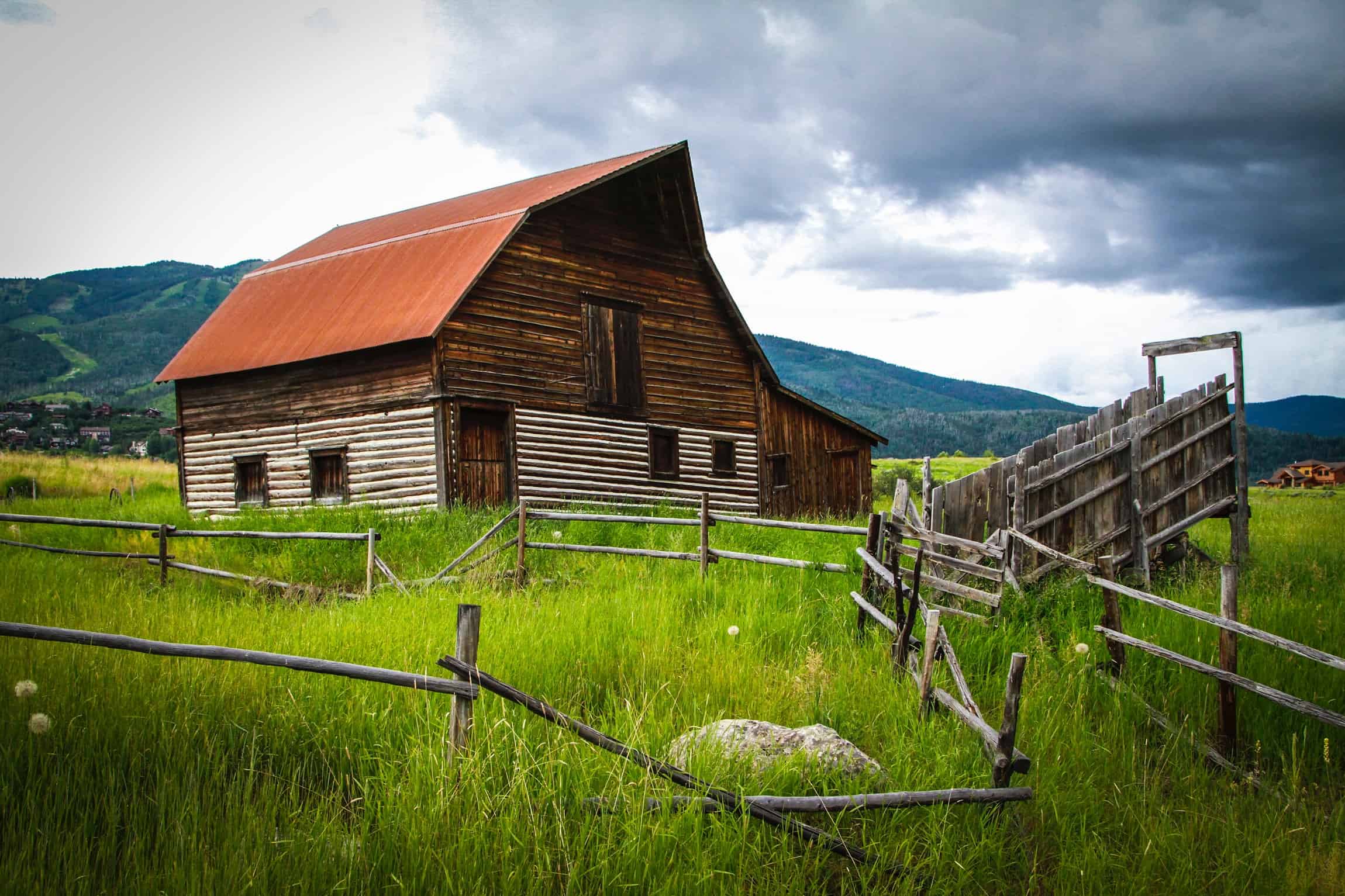Building an animal shed – Rural America is attracting young professionals who are moving from urban areas to small towns to improve their quality of life. Less pollution and stress plus healthier way of life are driving urban folks to relocate to rural areas.
If you’re planning to construct a rural home and raise livestock on your property, here are factors that you should consider before building a barn or shed for animals. Consider:
- What types of animals do you want to raise
- Where do you hope to locate it on your property
- Access to electricity, water
- Ease of access for feeding, cleaning, etc.
- Drainage, erosion, etc.
Why Build a Barn for Animals
Working closely with a home builder will ensure that the vision of your rural property is realized. They will thoughtfully plan your project and consider everything that is important to you.
From designing detailed floor plans to proposing the best materials, home builders will carefully guide you throughout the construction process.
Thus, before deciding where to put a barn on your property, identify the types of livestock that you are going to keep. Goats, horses, chickens, mini milking cows and/or pigs?
The kind of animals that will live in your barn will define how it is going to be built. An average-sized horse will be comfortable in a 10×12 stall. If you are raising cows, there are many advantages to constructing a cattle shed. Learn about a cattle shed and all the benefits to having one.
Smaller animals such as pygmy goats, pigs or chickens will need pens with a roof.
A storage room for equipment is also useful, as is a place to store feeds and food for your animals.
Location of the Barn
An area that is well-ventilated will make a comfortable shelter for animals. If you have a large property, the barn location should not be too far from your home so that it is easy to go there anytime to clean, feed or check on your livestock, especially during bad weather.
However, each town has different rules when it comes to the distance between where animals are being kept and cared for and your home. So it is best to consult local building codes and ordinances. Moreover, pay attention to prevailing winds to avoid getting the odors from the barn.
Another advantage of locating the barn close to your home is the ease of bringing electricity and running water from the house to the shed or barn.
Having lights for surveillance and security, as well as water for feeding and cleaning the area for hygiene and sanitation purposes, are vital amenities in your barn.
Consider Drainage
Often overlooked is drainage which you will need to consider when choosing a site for your livestock barn. It is important because you will have to work on the existing drainage to avoid flooding and for the proper runoff of excess and waste water.
Otherwise, you have a muddy site that is filthy and not healthy for you, your family and livestock. You are going to risk both human and animal health if you don’t have proper drainage. It is essential to properly set up a livestock yard and to protect your water. Proper management of livestock yards helps reduce potential contamination of ground and surface water.
You might need to dig some ditches to properly manage the runoff, which in turn will impact the area around your property and even the roads.
Thus, pre-planning the grading, erosion and drainage before establishing a location and building a barn.
Animal Shed
Perhaps you already have a structure on your property that was from a previous owner. This may include an entire building or a roof covering and fencing, etc. In this case, think about ways you can utilize some of it. If you can start from something already on your property, that can help you define the space and save money on materials.
Labor Cost to Build a Pole Barn
On average, the labor cost to build a pole barn is around $8 per square foot for the structure. To build a 30×60 pole barn, it can cost $15,000 – $25,000 for materials and labor. If you are adding extra features, such as electricity or plumbing, the prices are higher.
When you consider pole barns can last for 15 – 20 years, you will need to decide how you want to use the space before you add in extra features.
It’s only going to be a semi-permanent structure; it’s not one that will last generations. When you factor in the costs to build a space for your animals, consider this.
Is it Cheaper to Buy a Pole Barn Kit?
When you consider the animals you want to raise in the pole barn as well as the costs for their upkeep and care, it’s worth considering if a pole barn kit will be less expensive than building everything from scratch.
A kit won’t be specific to your situation; however, you won’t spend money sourcing the plans and materials. Also, you will need to consider if you want a barn layout for multiple animals.
Building an Animal Shed or Barn
On top of the chance to reconnect with nature, moving to the country offers opportunities to raise animals that provide a source of income, food and companionship.
From cleaner air to rediscovering nature, living in rural areas has several benefits. By integrating an appropriate and well-situated barn or animal shed in a rural home build, you can enhance your experience by raising animals in a suitable environment. At the same time, you will be protecting your water supply and overall health.
You may want to raise livestock to feed your family and/or to generate multiple income streams from your farm.
- Fencing for pigs
- Alpaca vs Llama: Which One Is Better to Raise?

